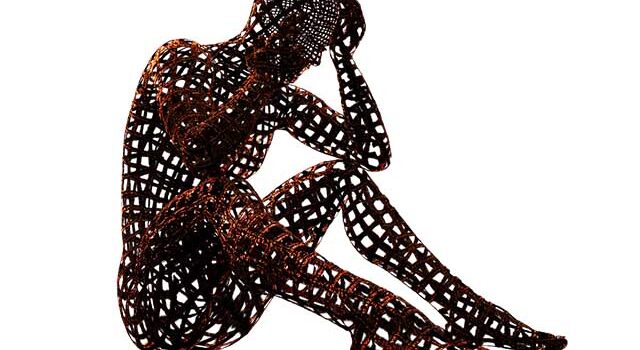
Understanding the Effects of Burnout
The term burnout has become a common term in recent years. The widely-accepted definition of burnout relates chronic on-the-job stressors to the three components of burnout, exhaustion, cynicism, and/or inefficacy. (Maslach, et al., 2001). We first we see that an individual experiences stressors on an on-going basis. Individuals face challenges at work like completing tasks and assignments, demands based on deadlines that need met, and limited capacities like collaborating with others that create stresses that impede the ability to work. These experiences are on-going or occur over a long period of time. These stressors may lead to one to becoming physically and emotionally exhausted, coupled with feelings of cynicism and inefficacy.
Exhaustion: Being unable to recover from being drained emotionally and physically.
Cynicism: Taking on a negative and cold view of one’s work and co-workers. May be used to protect oneself from feelings of exhaustion.
Inefficacy: Experiencing feelings of inadequacy and a loss of self-confidence (Maslach & Leiter, 1997).
History of Burnout
The study of burnout began in the 1970’s. The term burnout was first coined by Freudenberger, a psychologist, and this term describes volunteers experiencing emotional depletion, lack of motivation, and reduced commitment (Schaufeli, et al., 2009). Christina Maslach began to study burnout around this same time and is considered a pioneer in the field. There are three phases in the history of burnout:
Pioneering Phase: This initial phase started in the 1970’s and was largely exploratory in nature. Researchers such as Freudenberger and Maslach sought to understand, define, and measure burnout. Burnout was largely relegated to the human services field.
Empirical Phase: Researchers moved to quantitative empirical research studies, and studies outside of the human services field took place. Longitudinal studies and research using statistics came into practice during this phase. This phase took place between the 1980’s and the 1990’s (Maslach, et al., 2001).
Expanding Phase: This phase started in the 1990’s and continues into the present day. The study of burnout was applied to an ever-widening array of jobs, organizations, positions, and locations. The major shift of this phase was the study of the effects of technology (smart phones, computers, tablets, applications, etc.) on burnout (Dunbar, et al., 2020).
Bibliography
Dunbar, S., Frederick, T., Thai, Y., & Gill, J. (2020). Calling, caring, and connecting: burnout in Christian ministry. Mental Health, Religion & Culture, 173-186. doi:https://doi.org/10.1080/13674676.2020.1744548
Maslach, C., & Leiter, M. (1997). The truth about burnout: How organizations cause personal stress and what to do about it. San Francisco, California: Jossey-Bass Publishers.
Maslach, C., Schaufeli, W. B., & Leiter, M. P. (2001). Job Burnout. Annual Review of Psychology, 52(1), 397-422.
Schaufeli, W., Leiter, C., & Maslach, C. (2009). Burnout: 35 years of research and practice. Career Development International, 14(3), 204-220. doi:10.1108/13620430910966406